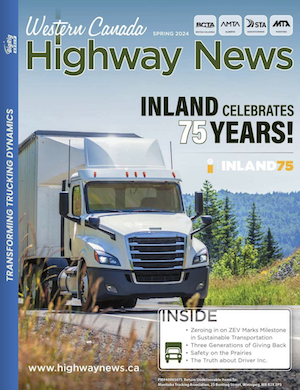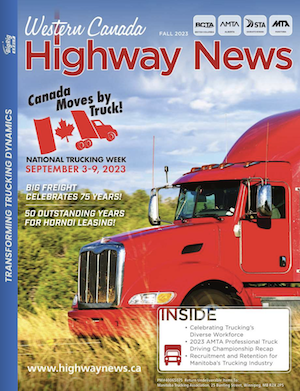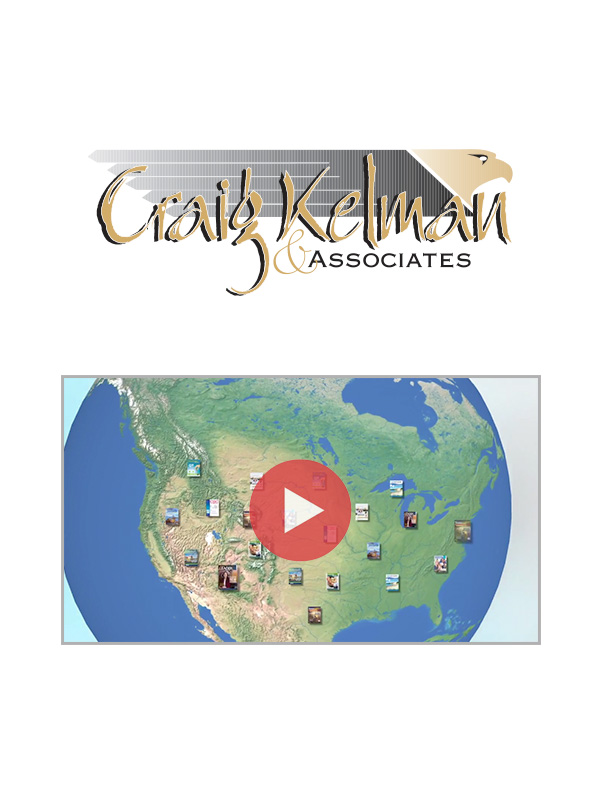Managers everywhere will agree: even the smallest change in a company makes waves. Whether it’s switching coffee suppliers, moving into a new building, or adopting an innovative new process, the reaction is the same – you will encounter resistance.
The importance of managing change
With Canada’s ELD mandate set to take effect soon, fleets could benefit from carefully planning the steps involved in introducing a tool that will transform how they do business. The use of telematics represents a change in practices and requires skilled management. The implementation of such solutions doesn’t always go over well with drivers: after all, you are asking them to relearn to drive, in a way!
Since the workforce is scarce in the transportation industry, it is in your best interest to do everything you can to facilitate the change for your drivers.
By 2024, it is estimated that employers will have to recruit 48,000 drivers to meet their needs. In the face of an aging population and shortage of recruits, Canadian carriers are currently seeing 10 to 15% of their trucks parked1 due to a lack of drivers.
If some of your employees are often reluctant to change their work habits, the reason is quite simple. According to Swiss-American psychiatrist Dr. Elizabeth Kubler-Ross, employees’ reaction in the face of change is quite similar to grief. Before embracing a new situation, your employees will go through four stages of ‘mourning’: denial, decompensation, resignation, and integration.
As a member of management or a team leader, one of your responsibilities is to ensure that your employees smoothly embrace the change. By getting to know every step in the change acceptance curve, you can identify the needed actions to accompany your workforce in its transition.
Better preparation through an understanding of the change curve
1. The first phase of the curve, denial, is a rejection of change in the shape of a negative, angry or skeptical reaction. At this stage, employees may believe something is being taken away from them. They might not be ready to see the benefits of the proposed solution.
Our advice: Listen to your employees’ concerns and tell them what advantages they will enjoy by using telematics solutions. According to Libby Gill, Executive Coach and Leadership Expert who has guided managers of Fortune 500 companies to reframe change, “Leaders need to understand what’s behind their employees’ resistance to change and let their team know that it’s okay to voice their concerns.” Explain what will change as well as what will remain the same across the company. Emphasize that well-designed telematics systems contribute to reducing the risk of accidents considerably and making their job safer. Moreover, by reducing their administrative workload, drivers can focus on driving!
2. After denial comes bargaining and decompensation. At this stage, employees recognize that the transformation will happen whether they want it to or not, but they don’t know where they fit in with the change. Efficiency usually decreases during this phase.
Our advice: Employees in this state need your support. Explain in concrete terms what they can do to contribute to the project’s success and share your vision of the company’s future. This will help rekindle their motivation. Underscore that the telematics technology offers a way to assist every employee in reaching their full potential while reducing time spent managing operations.
3. The next stage involves resignation and acceptance. This is when employees make a choice – reject or accept the new situation.
Our advice: reward efforts made in the right direction. Show your employees that they are part of the solution! High-performance telematics solutions provide driving habits’ analyses and personalized coaching functions that allow you to measure drivers’ improvement easily. To facilitate the transition, you can set up a monthly listing of top drivers’ performance and reward your star employees.
4. Lastly, employees will reach the stage of integration and experimentation. Their energy is renewed, and they start to gauge the positive effects of the new practices.
Our advice: Make employees who have reached this stage ambassadors for change! Give them a voice and use their enthusiasm to convince more reluctant coworkers. To avoid seeing these employees slip back, continue to acknowledge their successes. With telematics systems, you can single out top performers and offer them a chance to share their experience with colleagues.
“We always try to identify super users to answer the questions that will come up once a new technology or a new way of working is implemented. It’s important to have a go-to person, and early adopters are the perfect candidates for this role!” underlined Patrick Turcotte, President of TYT Group during a panel on Change Management at ISAAC’s Leadership Summit last fall.
Think about your employees first and foremost
In the end, large-scale projects such as the implementation of telematics’ tools require the full cooperation of both drivers and office personnel.
Not everyone will appreciate the change, of course, but you can make things easier by managing the process well and being considerate.
1 According to an interview conducted by Journal de Montréal with Bernard Boulé, General Manager of Camo-Route. November 1


 1-866-985-9791
1-866-985-9791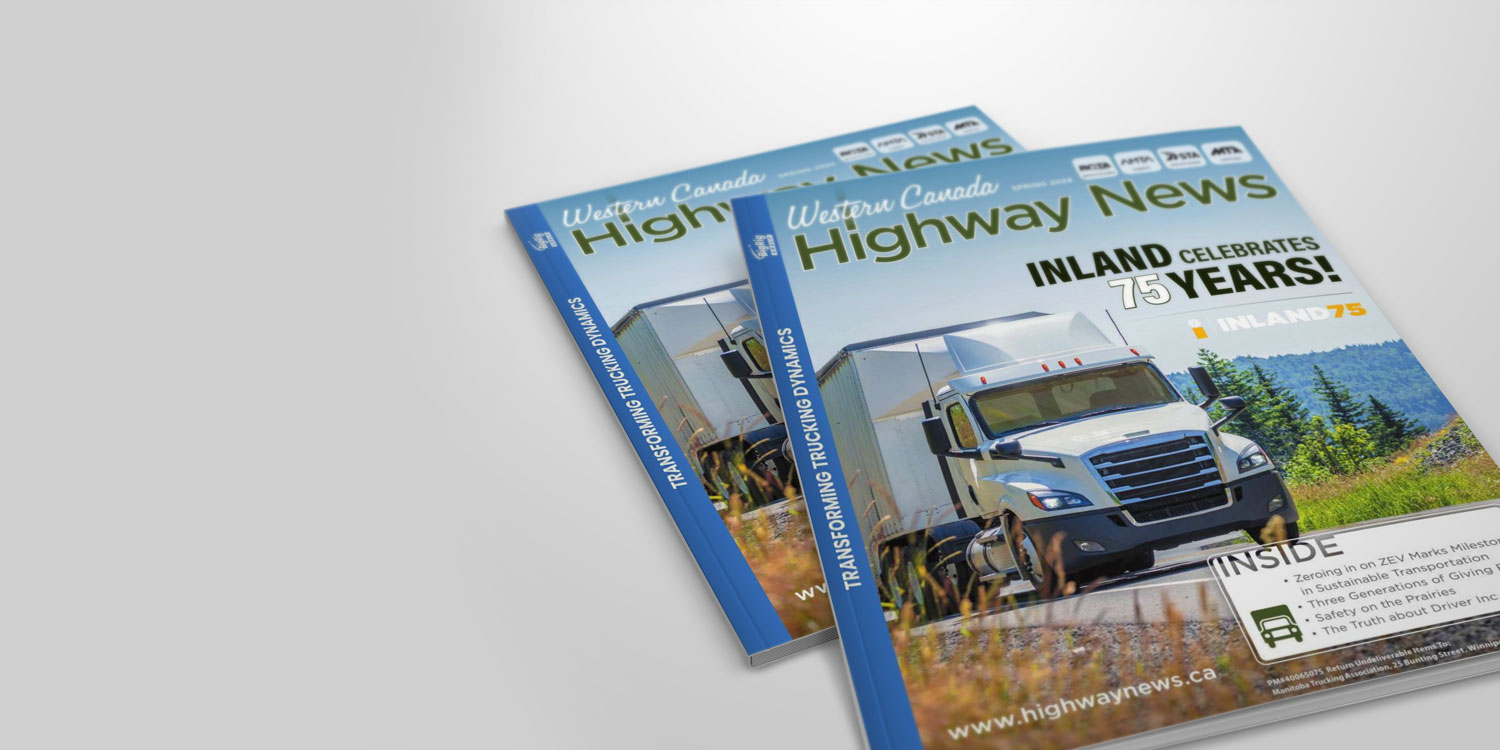

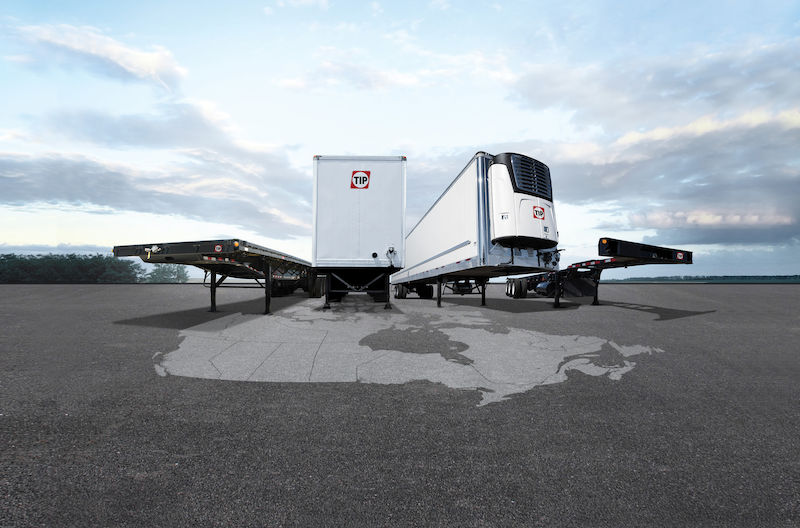 I Squared portfolio companies Transportation Equipment Network (“TEN”) and TIP Canada combine operations; now the second largest full-service trailer lessor in North America
I Squared portfolio companies Transportation Equipment Network (“TEN”) and TIP Canada combine operations; now the second largest full-service trailer lessor in North America



